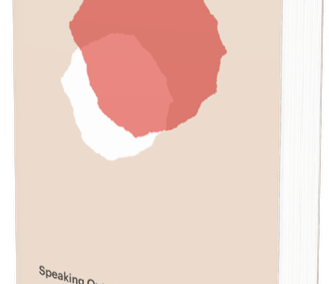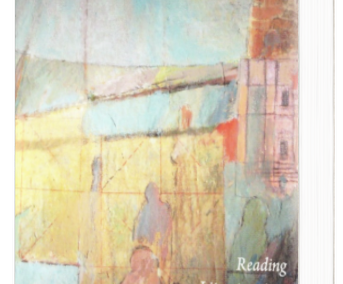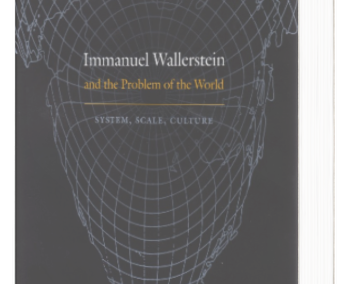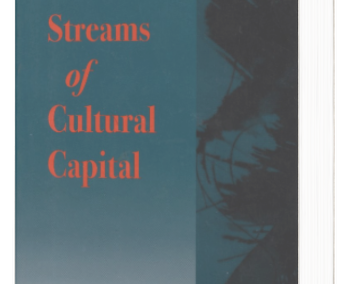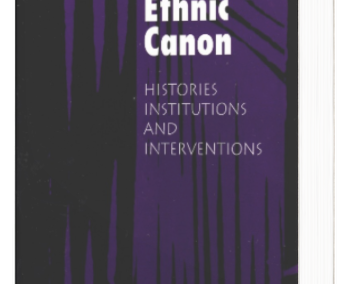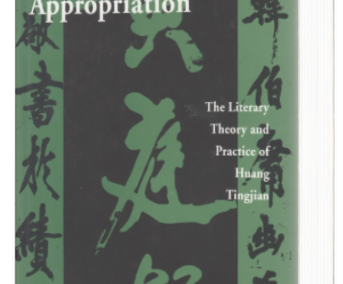My fourth book, Asian/American: Historical Crossings of a Racial Frontier, was published in 1999 by Stanford University Press and is in its second printing. It was awarded the distinction of “Outstanding Academic Book Title” by Choice. This book is a long interdisciplinary study of “Asian America.” Seeing the modern identity of America as inseparable from its notion of a Pacific Destiny, I focus on the production of the identity “Asian/American.” I argue that the “proximity” of Asian Americans to that ideal of “American” should be read as a history of persistent reconfigurations and transgressions of the Asian/American “split,” designated by a solidus that signals those instances in which a liaison between “Asian” and “American,” a sliding over between two seemingly separate terms, is constituted. I move through readings of the material histories of Asian America (restructured urban geographies, the wars in Asia, the transformation of Asian American space into Pacific Rim space), as well as the ways the Asian/American liaison has been read as a psychic symptom. Chronologically beginning with the 1920s’ political and juridical discourses on American nationhood and Asia, and sociological attempts to read race in America, the study ends with an examination of the formation of “Asia Pacific” and its projection into a “borderless” cyberspace of a particularly liquid capital. This Asian “alternate modernity” is of course abruptly curtailed with the collapse of the Asian economies. The study follows closely both the way Asian identity is mapped in the crucible of multiracial dynamics in the U.S. (i.e., the racial categories of “brown,” “black,” and “white”), and the invention of diasporic identities, as both take part in the refiguring of American national identity.
Asian/American: Historical Crossings of a Racial Frontier
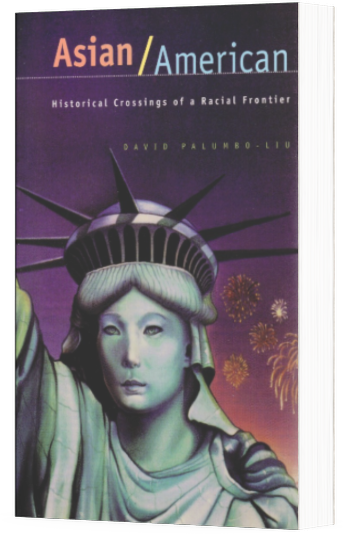
Publisher Website

